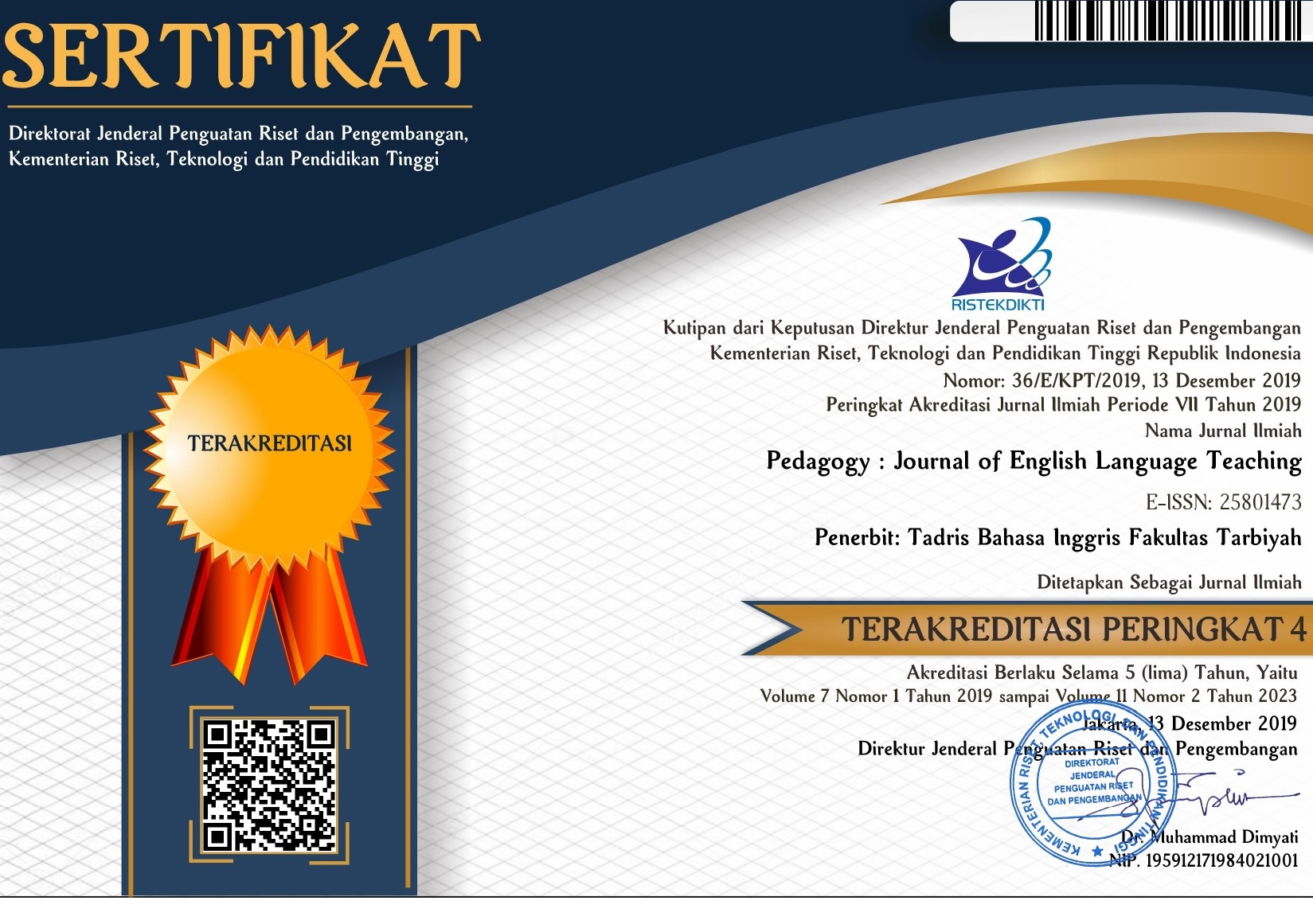Developing an English Mobile App by Adapting Gender Education Values for English Language Teaching
DOI:
https://doi.org/10.32332/joelt.v10i1.4607Keywords:
English language teaching, English mobile app, gender education, gender equality, women’s empowermentAbstract
The desire to promote gender equality and women’s empowerment is reflected in Indonesia as a mark of the country’s support for the global initiatives of the United Nations Millennium Declaration. In reality, the data shows that Indonesian women are still lagging compared to men in the education aspect. Hence, the values of gender education and women empowerment could be internalized in all subjects at school, one of them being English Language Teaching (ELT). This study aims at designing, developing, and adapting gender equality and women empowerment values into the mobile app for ELT for teaching descriptive text for 7th-grade students in Junior High Schools. This research implemented Research & Development which used interviews and questionnaires as the instruments. There were three stages applied in this research adopted from Thiagarajan, Semmel, and Semmel (1974) which were defined, designed, and develop. The result showed that the results of expert validation showed that this mobile app is feasible to be implemented. Furthermore, this simple mobile app can integrate the values of gender equality and women empowerment through descriptive texts in English Language Teaching for grade 7th Junior High School.
















